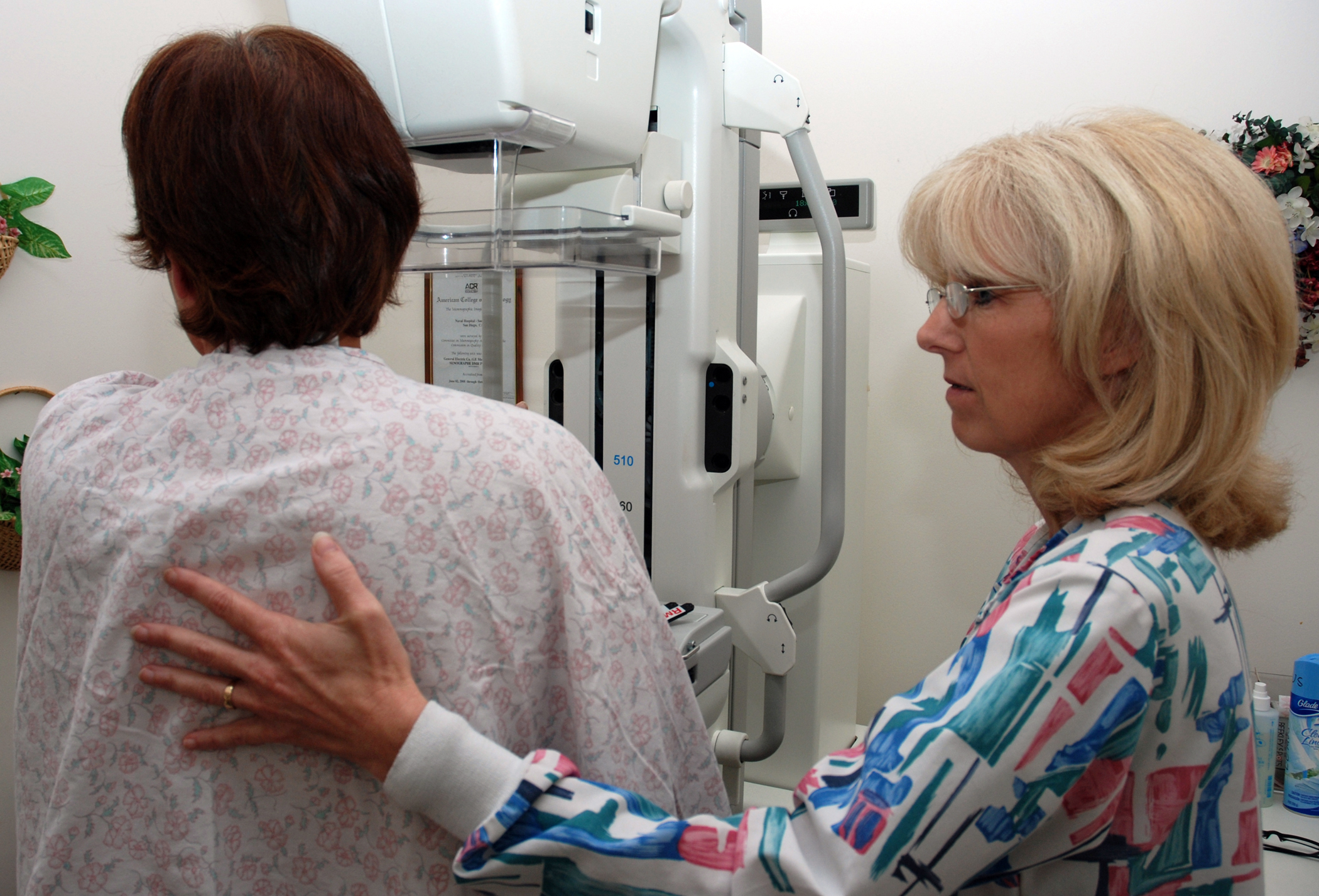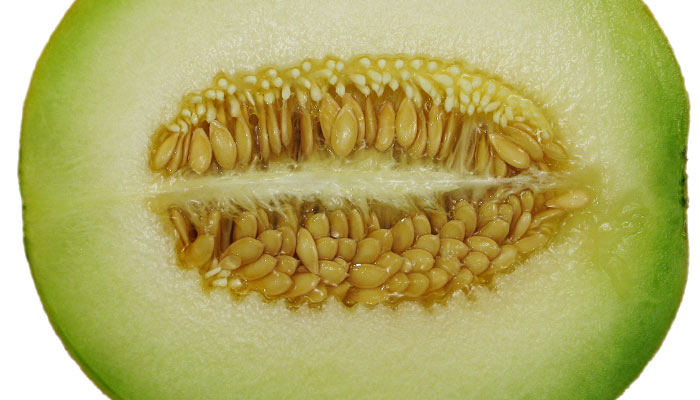
by admin | Apr 24, 2014 | Healing Food Facts
Scallops are a type of mollusk that has a wavy, scalloped, shell. When consumed, you are actually eating the ‘nut’, or the muscle used to open and close the shell. There are several hundred different species of scallops, however the most widely consumed in the United...

by admin | Apr 22, 2014 | Alzheimer's Disease, Anti-Aging, Natural Facts
Introduction A key goal to boosting brain function and fighting degenerative brain disorders like Alzheimer’s disease is to bathe the brain in “super nutrition.” Numerous studies have shown that brain function is directly related to nutritional status. High...

by admin | Apr 21, 2014 | Natural Facts
Why collagen may be more important for bones than calcium Bones are made up of dynamic living tissue that requires a wide range of nutrients—not just minerals such as calcium—to maintain optimum health. While minerals tend to get all of the attention when it comes to...

by admin | Apr 17, 2014 | Healing Food Facts
As a member of the curbitaceae family, honeydew melons are a relative of cucumbers and squash. It is thought that honeydews originated in Persia. Honeydew melon is present in Egyptian hieroglyphics dating as far back as 2,400 B.C.E., and was a prized as a food. Later...

by admin | Apr 15, 2014 | Psychological Health
You will be amazed at how powerful questions can be in your life. Let’s look at the following example: an individual is met with a particular challenge or problem, such as getting passed over for a promotion at work. He can ask a number of questions when in this...








